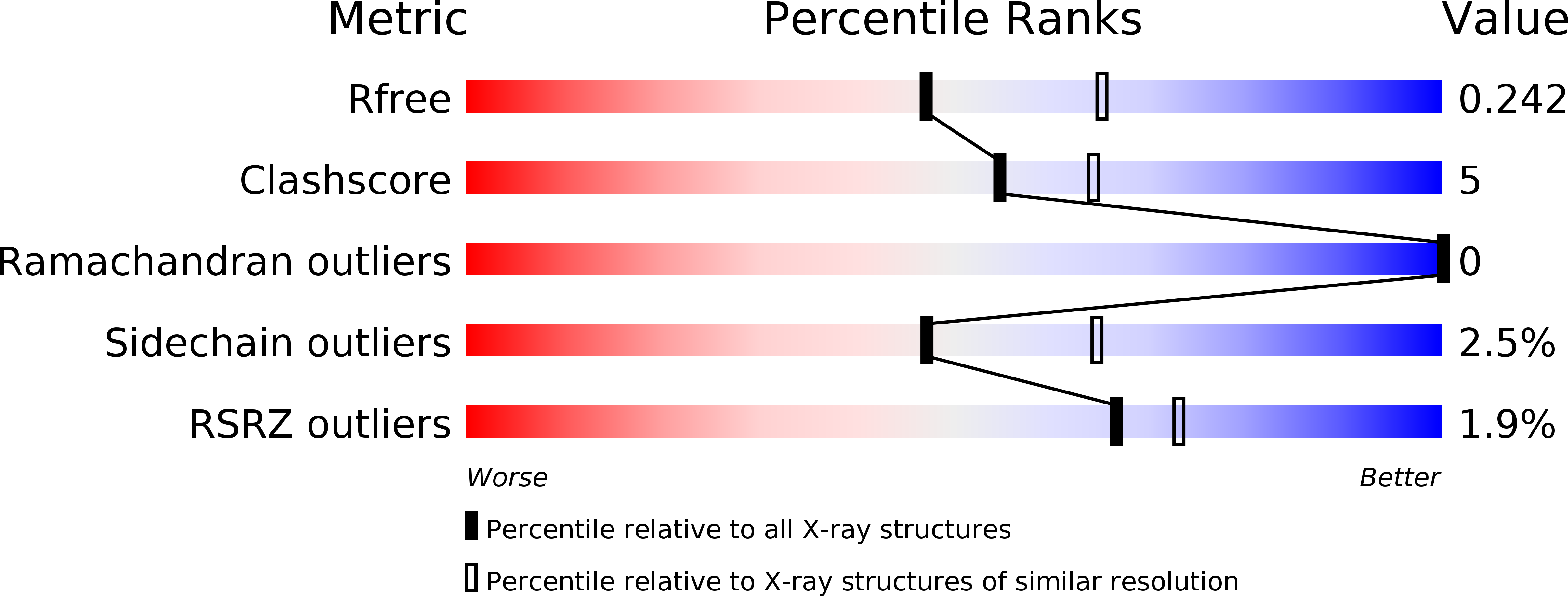Abstact
Dihydroorotate dehydrogenases (DHODs) catalyze the oxidation of dihydroorotate to orotate in the only redox reaction in pyrimidine biosynthesis. The pyrimidine binding sites are very similar in all structurally characterized DHODs, suggesting that the prospects for identifying a class-specific inhibitor directed against this site are poor. Nonetheless, two compounds that bind specifically to the Class 1A DHOD from Lactococcus lactis, 3,4-dihydroxybenzoate (3,4-diOHB) and 3,5-dihydroxybenzoate (3,5-diOHB), have been identified [Palfey et al. (2001) J. Med. Chem. 44, 2861-2864]. The mechanism of inhibitor binding to the Class 1A DHOD from L. lactis has now been studied in detail and is reported here. Titrations showed that 3,4-diOHB binds more tightly at higher pH, whereas the opposite is true for 3,5-diOHB. Isothermal titration calorimetry and absorbance spectroscopy showed that 3,4-diOHB ionizes to the phenolate upon binding to the enzyme, but 3,5-diOHB does not. The charge-transfer band that forms in the 3,4-diOHB complex allowed the kinetics of binding to be observed in stopped-flow experiments. Binding was slow enough to observe from pH 6 to pH 8 and was (minimally) a two-step process consisting of the rapid formation of a complex that isomerized to the final charge-transfer complex. Orotate and 3,5-diOHB bind too quickly to follow directly, but their dissociation kinetics were studied by competition and described adequately with a single step. Crystal structures of both inhibitor complexes were determined, showing that 3,5-diOHB binds in the same orientation as orotate. In contrast, 3,4-diOHB binds in a twisted orientation, enabling one of its phenolic oxygens to form a very strong hydrogen bond to an asparagine, thus stabilizing the phenolate and causing charge-transfer interactions with the pi-system of the flavin, resulting in a green color.



